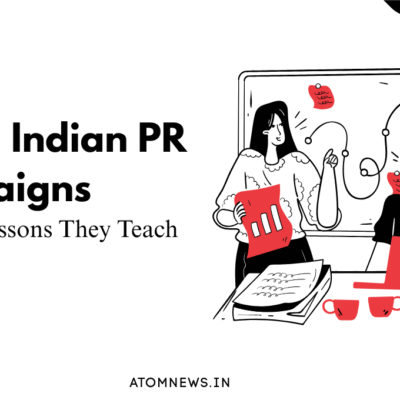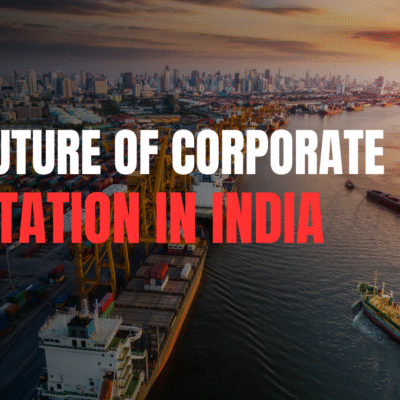In the intense run-up to the 2024 Lok Sabha elections, Prime Minister Narendra Modi and Congress leader Rahul Gandhi have adopted markedly different approaches to media engagement. PM Modi has conducted nearly 80 interviews across various TV and print media outlets, while Rahul Gandhi has participated in just one. This discrepancy raises questions about the strategic decisions behind their media interactions and the implications for their respective campaigns.
The Importance of Media Engagement in Elections
Media engagement during election campaigns is crucial for several reasons. It allows candidates to communicate their policies, counter opponents’ narratives, and directly address voter concerns. Moreover, frequent media appearances can enhance a candidate’s visibility and accessibility, fostering a sense of connection with the electorate.
PM Modi has leveraged this strategy effectively. By giving numerous interviews to both vernacular and national media, he has ensured that his message reaches a broad audience. His interactions have included a mix of traditional media and new platforms, such as social media influencers and Instagrammers, broadening his appeal to different voter demographics.
Rahul Gandhi’s Media Strategy: A Missed Opportunity?
In stark contrast, Rahul Gandhi’s media presence has been minimal. The Congress leader has conducted only one interview during the current election cycle, despite the party’s frequent criticism of PM Modi for not holding enough press conferences. This approach seems counterintuitive, especially given the Congress’s need to amplify its message and counter the BJP’s dominant narrative.
There was a time when Rahul Gandhi was more accessible to the media. During the Uttar Pradesh polls and the 2019 Lok Sabha elections, he participated in several interviews. However, in recent years, he has distanced himself from traditional media channels. According to sources, the official reason is that “he has nothing to say to the media anymore,” reflecting a deep-seated distrust of the press.
Distrust of Traditional Media
This distrust is partly rooted in Rahul Gandhi’s perception that the media is biased against him and the Congress. He has often labeled sections of the media as “Godi Media,” implying they are subservient to the government. At a recent rally, he went further, mocking the media and referring to them as “chamchas and chamchis” (sycophants). This rhetoric, while resonating with his base, may alienate undecided voters who rely on traditional media for information.
Rahul Gandhi has instead chosen to engage with social media influencers and YouTubers, believing that these platforms offer a more direct and unfiltered way to communicate with the public. However, this strategy has limitations. While social media can amplify messages, it often reaches a more segmented audience compared to the broad reach of traditional media.
PM Modi’s Mastery of Direct Communication
Prime Minister Modi, on the other hand, has mastered the art of direct communication. He has not only given multiple interviews but also uses platforms like radio to connect with people. His “Mann Ki Baat” radio program is a notable example of how he reaches out to voters regularly and personally. This multifaceted approach has helped him maintain a high level of visibility and accessibility, crucial factors in building voter trust and support.
PM Modi’s recent spate of interviews is a strategic move to ensure his message is heard widely. By engaging with local media outlets, he has targeted voters in specific regions, addressing local issues and concerns. This approach contrasts sharply with Rahul Gandhi’s limited media presence, highlighting a significant difference in their campaign strategies.
Internal Dynamics of the Congress
The internal dynamics within the Congress party also play a role in Rahul Gandhi’s media strategy. Congress president Mallikarjun Kharge and Priyanka Gandhi Vadra have been more forthcoming with the media. Priyanka, in particular, has given several interviews, especially in key constituencies like Raebareli and Amethi. This discrepancy suggests a lack of unified strategy within the Congress regarding media engagement.
Some political experts believe that Rahul Gandhi’s reluctance to engage with the media stems from past experiences. The infamous interview he gave during the 2014 elections is often cited as a turning point. The interview was widely criticized and did little to improve his public image. Since then, the party has been cautious, fearing that another poorly handled interview could harm his credibility.
The Impact of Limited Media Engagement
By not engaging with the media more frequently, Rahul Gandhi may be missing out on a vital opportunity to present his vision for India directly to the voters. Interviews offer a platform to articulate policies, respond to criticisms, and showcase leadership qualities. Avoiding this platform can create a perception of inaccessibility and reluctance to engage with tough questions, which could be detrimental to his campaign.
Moreover, labeling the media as biased can backfire. While it may rally his core supporters, it risks alienating the broader electorate who rely on these media outlets for news and information. A more balanced approach, combining traditional media engagements with social media outreach, could have been more effective in expanding his reach and appeal.
The Road Ahead
As the 2024 Lok Sabha elections approach their final phase, the contrasting media strategies of PM Modi and Rahul Gandhi highlight different approaches to voter engagement. PM Modi’s extensive media presence has reinforced his image as a leader who is accessible and willing to communicate directly with the public. In contrast, Rahul Gandhi’s limited media interactions reflect a cautious approach that may not serve the Congress well in the long run.
For Rahul Gandhi, increasing his media presence could be a way to counter the BJP’s narrative and present an alternative vision for India. By engaging more with traditional media, he could reach a wider audience, address voter concerns more effectively, and demonstrate his willingness to be held accountable. As the electoral battle intensifies, adapting his media strategy could be crucial in making a more significant impact on the electorate.
Read more: Marketing News, Advertising News, PR and Finance News, Digital News





